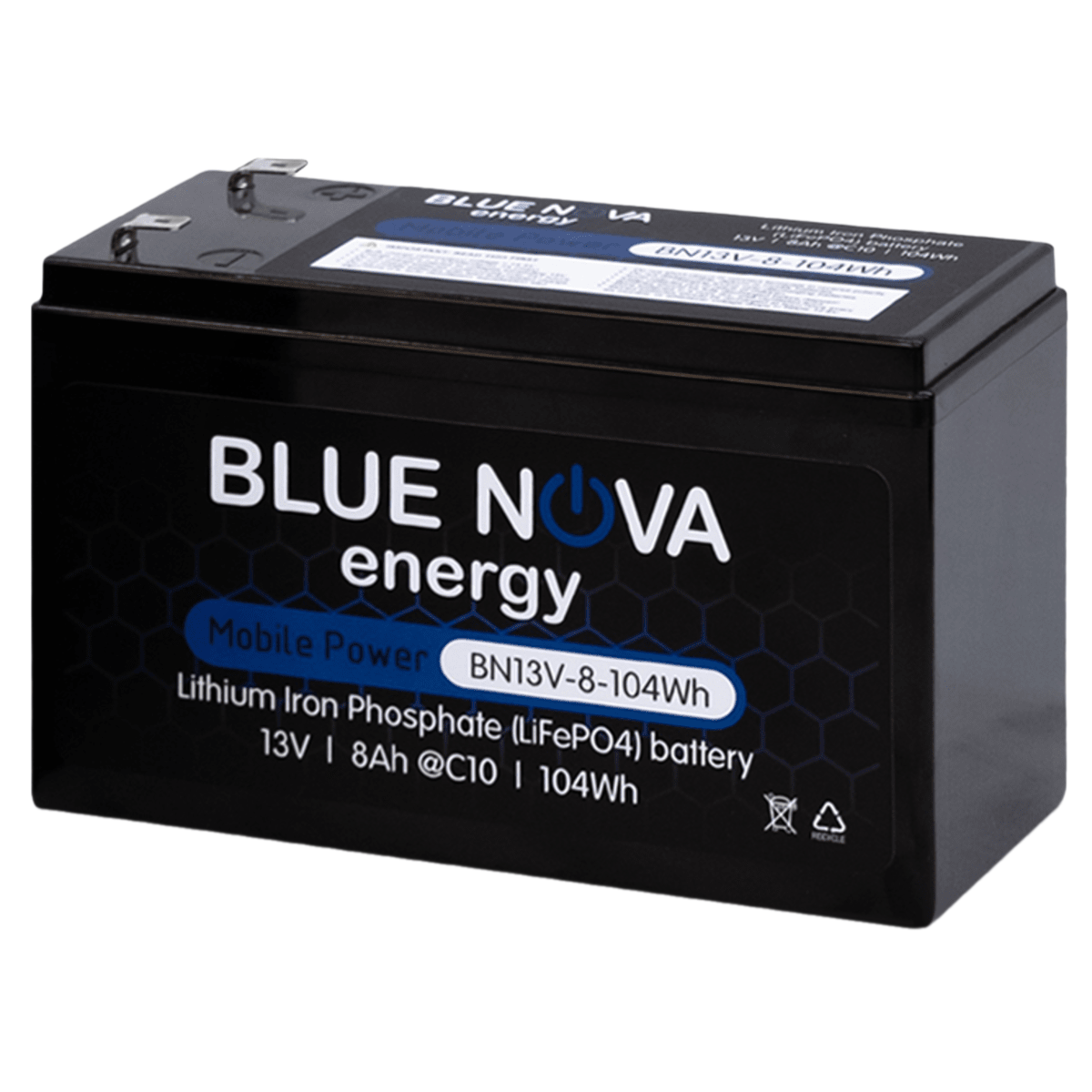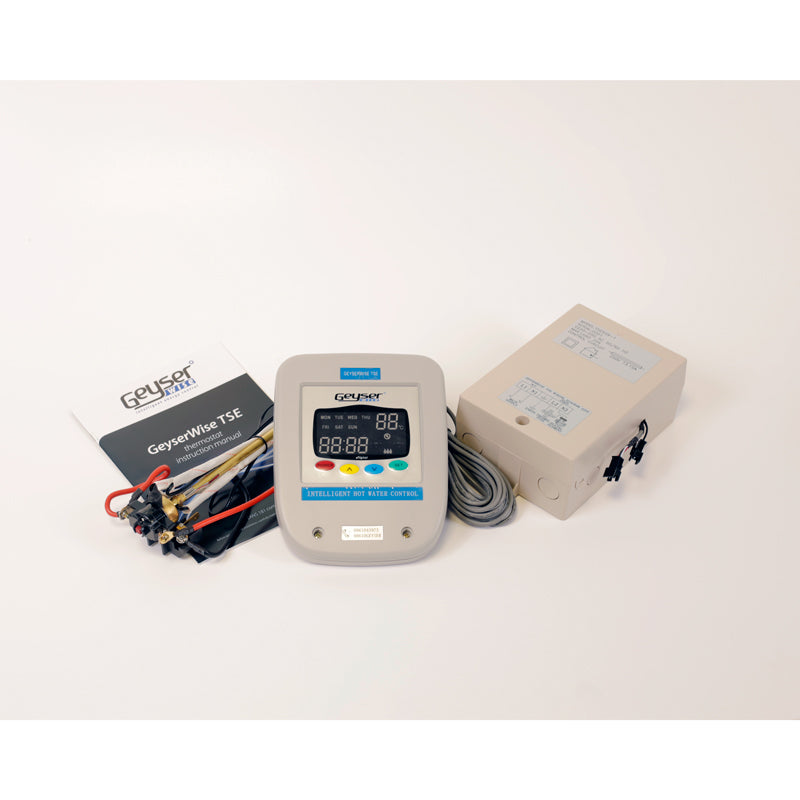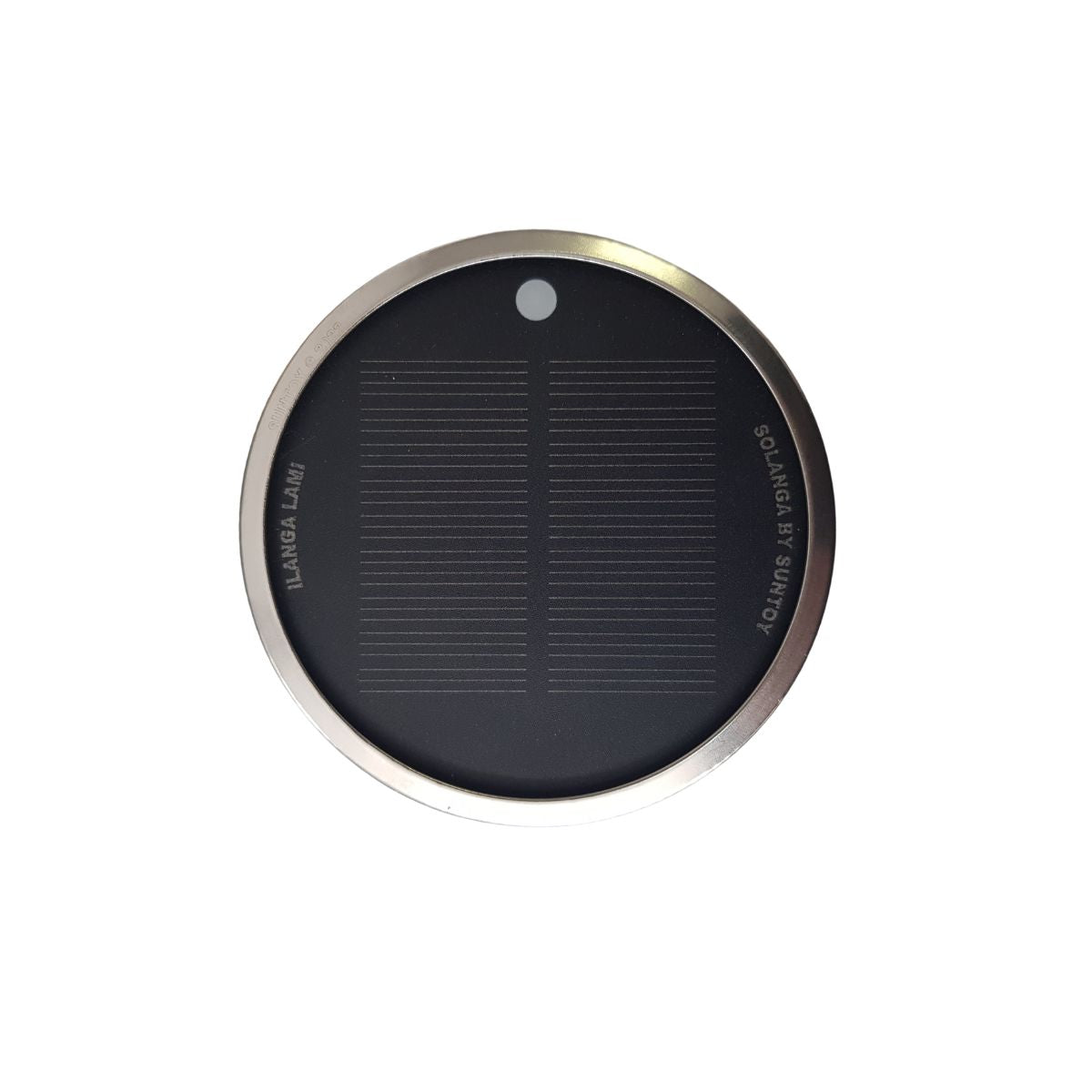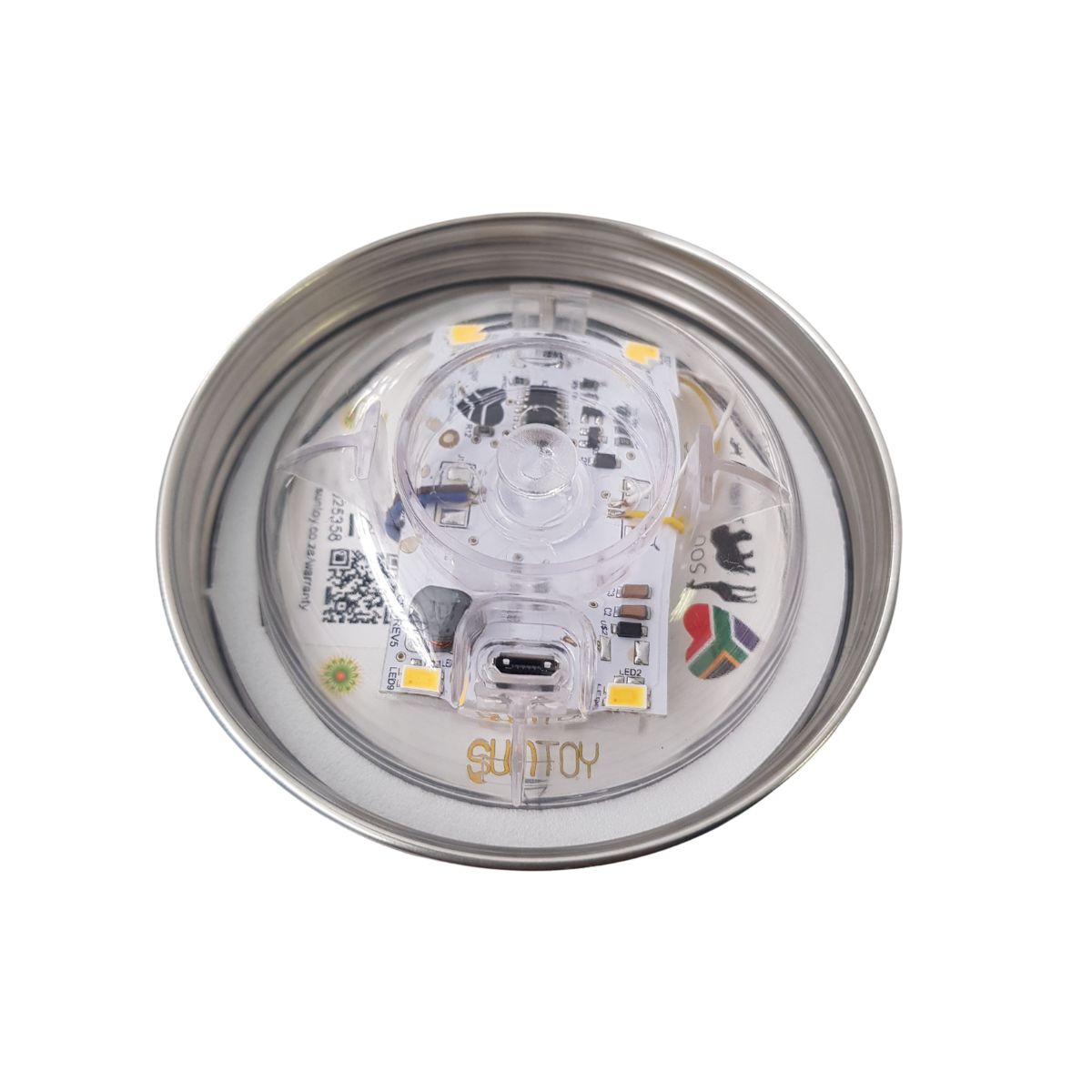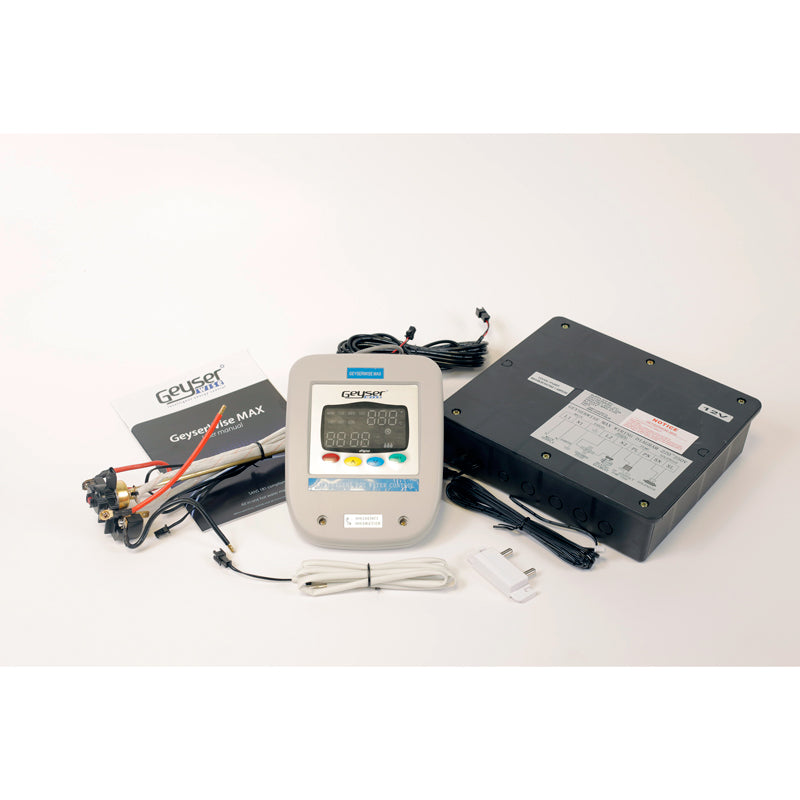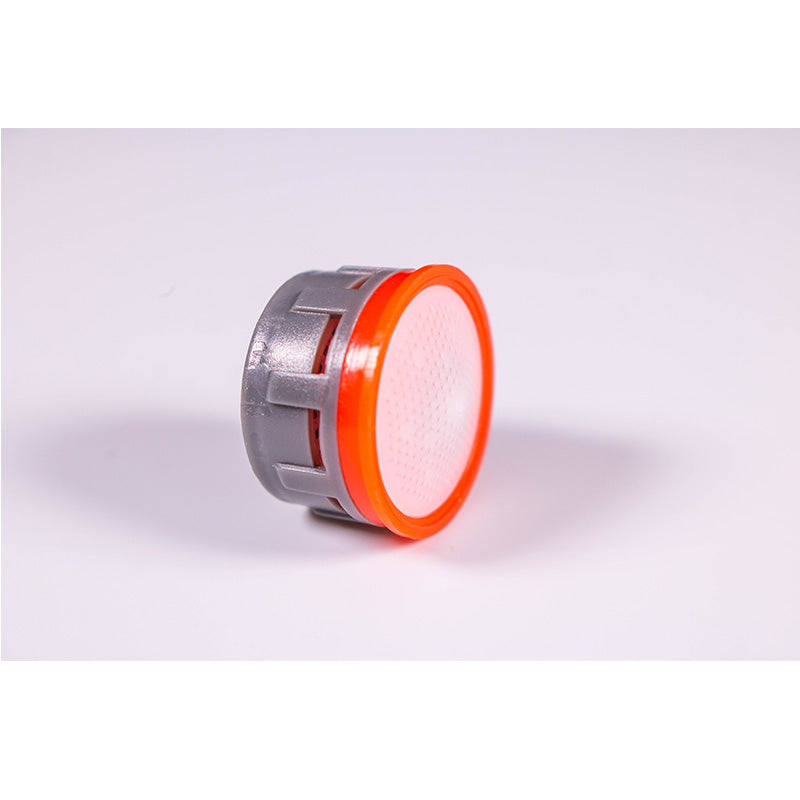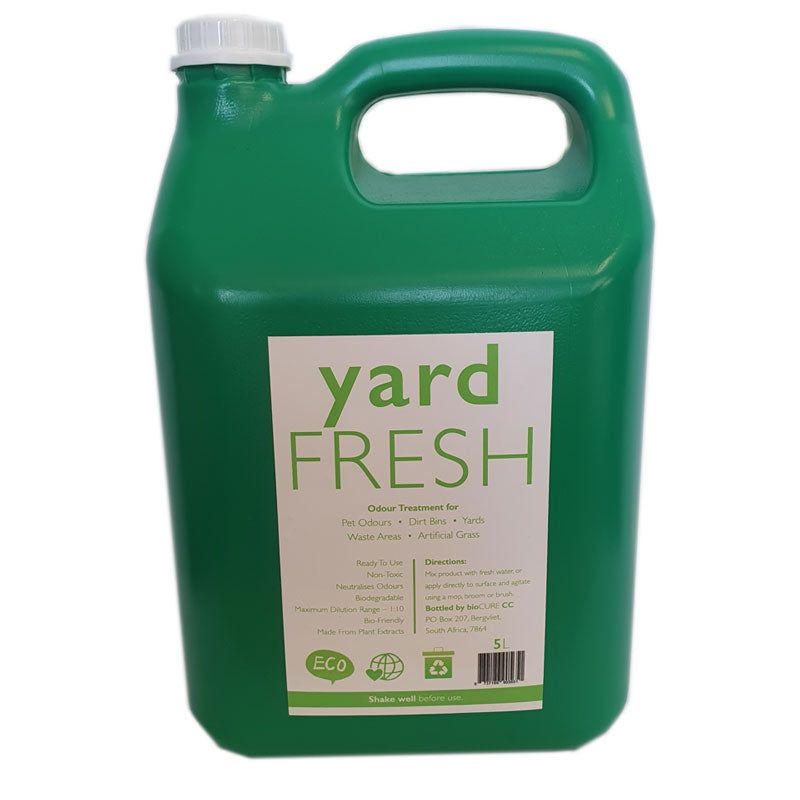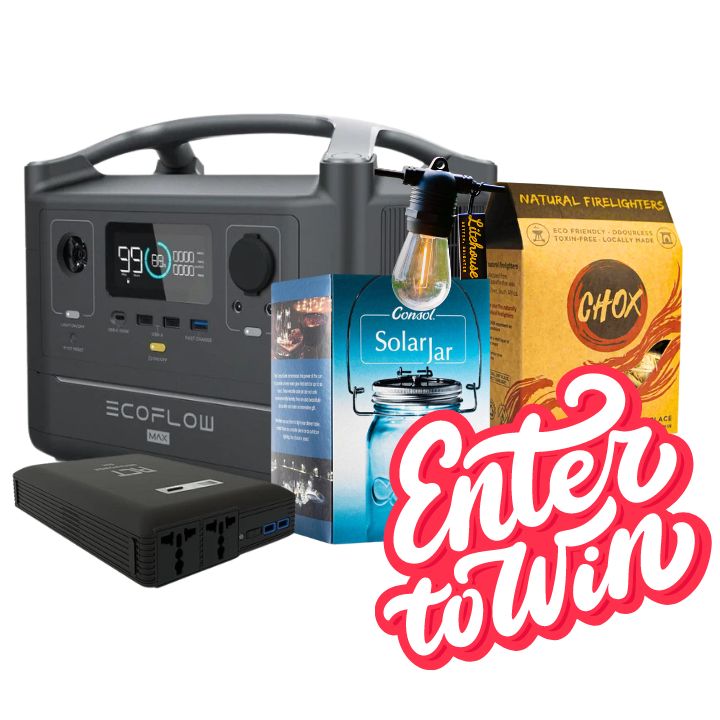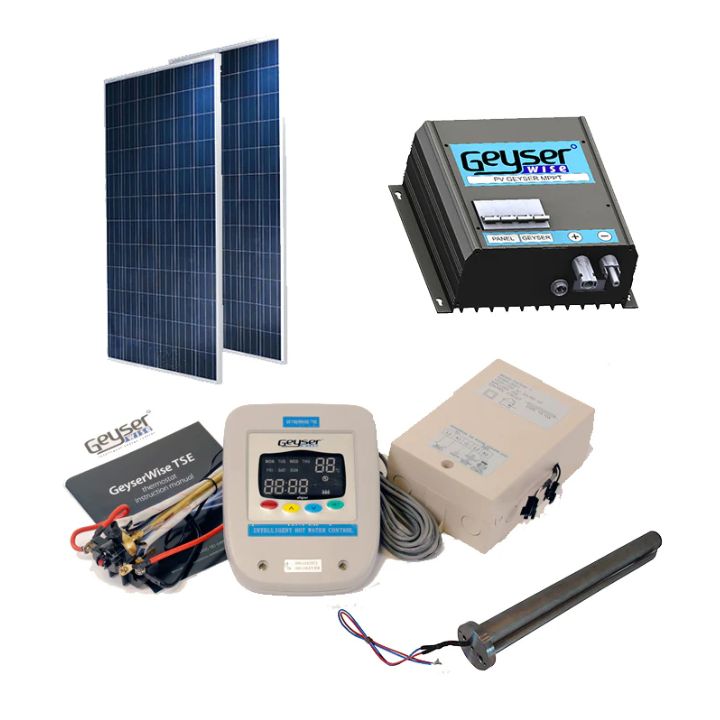What is a Charge Controller and how does it work?

Charge controllers are devices that are used to regulate the flow of electricity from a solar panel, wind turbine, or other renewable energy source to a battery bank. They are designed to prevent overcharging of the batteries and to protect them from damage. The charge controller monitors the voltage and current coming from the renewable energy source and adjusts the flow of electricity to the batteries as needed. This ensures that the batteries are charged efficiently and safely, and that they have a longer lifespan. Some charge controllers also include features such as a low voltage disconnect, which prevents the batteries from being discharged too much and damaging them, and a maximum power point tracker, which optimizes the power output of the renewable energy source.
What is a PWM controller?
A PWM (Pulse Width Modulation) charge controller is a type of charge controller that uses a pulse signal to regulate the flow of electricity to a battery bank. It works by rapidly switching the power on and off, which effectively controls the amount of charge that is delivered to the batteries. The duration of the "on" pulses, or the width of the pulses, is adjusted to control the amount of charge that is delivered to the batteries. PWM controllers are commonly used in solar power systems, as they are efficient, reliable, and relatively inexpensive. They work well for most lead-acid batteries and are capable of extending the life of the batteries by preventing overcharging and undercharging.
What is a MPPT controller?
An MPPT (Maximum Power Point Tracking) charge controller is a type of charge controller that is specifically designed to optimize the power output of a solar panel or other renewable energy source. It works by constantly monitoring the voltage and current coming from the renewable energy source and adjusting the load to ensure that the panel is always operating at its maximum power point (MPP). This allows the MPPT controller to extract the most power possible from the solar panel, even under varying weather conditions, such as changes in temperature, or cloud cover.
MPPT controllers use a technique called DC to DC conversion to increase the voltage of the solar panel to match the battery bank voltage, increasing efficiency of the overall system. They also increase the overall power output of the solar panel by up to 30% compared to PWM charge controllers. They are more advanced and costlier compared to PWM controllers, but they are more efficient, more accurate and they can extract more power from the solar panels.
What size charge controller do I need?
The size of the charge controller you need depends on several factors, including the size of your solar panel array, the capacity of your battery bank, and the amount of power you plan to use.
A general rule of thumb is to select a charge controller with a maximum current rating that is equal to or greater than the current output of your solar panel array. For example, if your solar panel array has a total current output of 20 amps, you would want to select a charge controller with a current rating of at least 20 amps.
It's also important to consider the voltage of your solar panel array and your battery bank. A charge controller must be able to handle the voltage of both the solar panels and the battery bank.
Additionally, if you plan to expand your system in the future, it's a good idea to choose a charge controller that is slightly larger than you currently need, so that it can accommodate the additional solar panels or batteries.
It's always a good idea to consult the manufacturer's specifications and consult with a professional or an expert in the field to confirm the size you need.
Do inverters have built-in charge controllers?
Inverters do not typically have built-in charge controllers. An inverter is a device that converts direct current (DC) electricity from a battery or solar panel into alternating current (AC) electricity that can be used to power household appliances and devices. A charge controller, on the other hand, regulates the flow of electricity from a renewable energy source to a battery bank, ensuring that the batteries are charged efficiently and safely.
However, some inverters on the market today include built-in battery charge controllers, these are called hybrid inverters. These hybrid inverters can function as both an inverter and a charge controller in a single unit, allowing for a simpler and more compact installation. These inverters are commonly used in off-grid or backup power systems, where space is limited, and the system needs to be simple to operate.
It's important to note that not all hybrid inverters are created equal, so it's important to research and verify the specifications of the specific hybrid inverter you're considering to make sure it meets your needs.
